The Glasgow School of Art was one of the United Kingdom’s institutions for the study of fine art, which produced many important artists: The Four, the Glasgow Girls, and the Glasgow Boys.

Image source: https://search.creativecommons.org/photos/ca63ee82-e08f-4aff-9ce2-91128116e5ca by John a s
The Four
The group known as “The Four,” including Charles Rennie Mackintosh, James Herbert MacNair, and the sisters, Margaret Macdonald and Frances Macdonald, played a key role in the definition of this style. The artists got acquainted as young students of the Glasgow School of Art. Mackintosh and MacNair started as apprentice architects for Honeyman and Keppie and studied at Glasgow School of Art, and they built up a creative alliance to produce disruptive and controversial designs.

Image source: https://search.creativecommons.org/photos/c9e28c28-92ae-48f8-b781-9665432c445e by dalbera
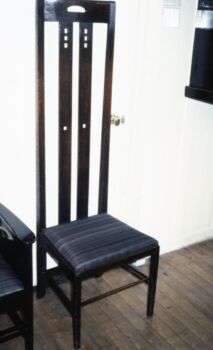
Image source: https://search.creativecommons.org/photos/b0c9d327-2a12-4700-8884-05342cd4c299 by foundin_a_attic
Charles Rennie Mackintosh was a Scottish designer, famous in Great Britain. His most relevant projects were the Glasgow School of Art, considered the first example of Art Nouveau architecture in Great Britain, along with other projects: “Haus eines Kunstfreundes,” the Willow Tearooms, and Scotland Street School.
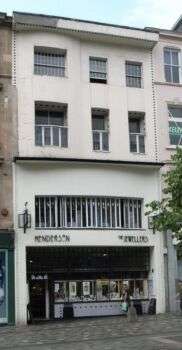
Image source: https://search.creativecommons.org/photos/185943b7-87be-4309-b281-2829f9ee539d by stevecadman
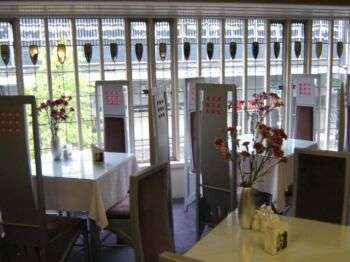
Image source: https://search.creativecommons.org/photos/d5895f1a-5a58-4731-a647-26e6f67071d3 by marsroverdriver
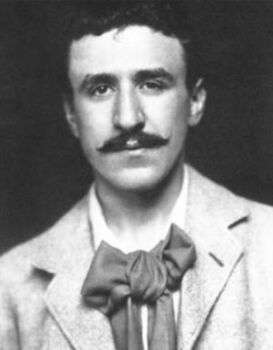
Image source: https://en.wikipedia.org/wiki/Charles_Rennie_Mackintosh#/media/File:Charles-Rennie-Mackintosh.jpg
Margaret and Frances MacDonald were good at the use of several media such as watercolor, metalwork, embroidery, and textiles. Frances, Margaret’s sister, started an ambitious venture by opening the MacDonald Sisters Studio in the 1890s. Their inspiration came from Celtic symbols and folklore, and through Frances MacDonald’s painting she showcased her understanding of the landscape.
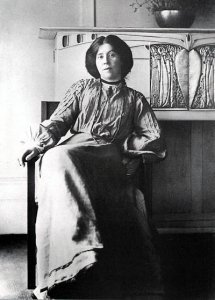
Image source: https://en.wikipedia.org/wiki/Margaret_Macdonald_Mackintosh#/media/File:Margaret_MacDonald_Macintosh.jpg

Image source: https://en.wikipedia.org/wiki/Frances_MacDonald
James Herbert MacNair was a talented designer, and he contributed to the early 1890s to develop Mackintosh’s creative imagination. His paintings and furnishings designs were among some of the most innovative of the Glasgow Style of the 1890s.
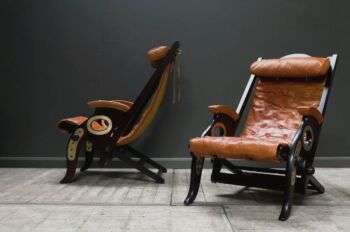
Image source: https://www.huntersoflondon.com/listing/897410453/a-pair-of-reclining-campaign-or-cruise
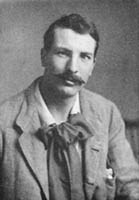
Image source:https://en.wikipedia.org/wiki/Herbert_MacNair#/media/File:James_Herbert_McNair.jpg
The Glasgow Girls and Boys
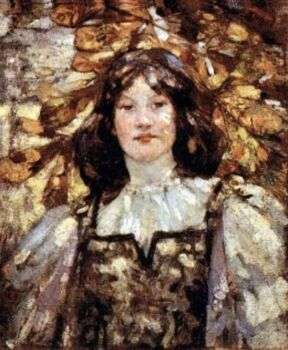
Source: https://search.creativecommons.org/photos/d9283e69-7d92-4bb0-b327-1c31c17f9d3d di irinaraquel
Glasgow Girls is the name for a group of female artists, that included Margaret and Frances MacDonald, Jessie M. King, Bessie MacNicol, Norah Neilson Gray, and many others. The name “Glasgow Girls” emerged much later than the time they were active. Additionally, in the 1960s attention was given to the art of the city’s women creating a balance to the plentiful discussion of the Glasgow Boys.
The Glasgow Boys had a passion for realism and naturalism. They are the starting point for modernism in Scottish painting. They were powerfully influenced by the realism of Dutch and French art, especially the Naturalist paintings of Jules Bastien-Lepage, and the painter James McNeill Whistler obsessed with tonal harmony. Their pieces usually dealt with rural, prosaic themes from Glasgow life in general and tried to depict aspects of the character of Scotland.
Image source: https://search.creativecommons.org/photos/03ce1a87-0dae-47cd-a4b9-5108db536b39 by James Abbott McNeill Whistler
=
